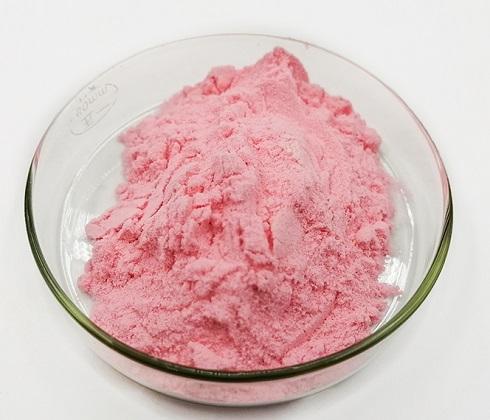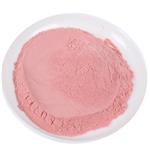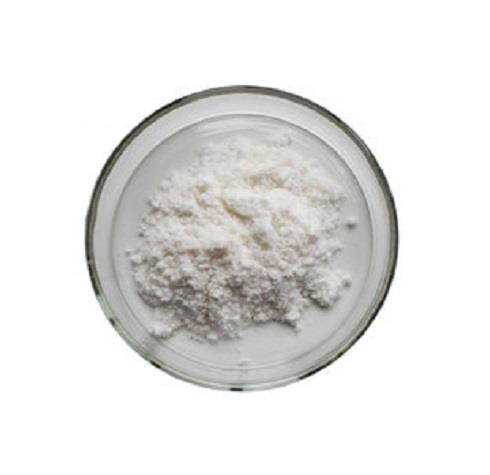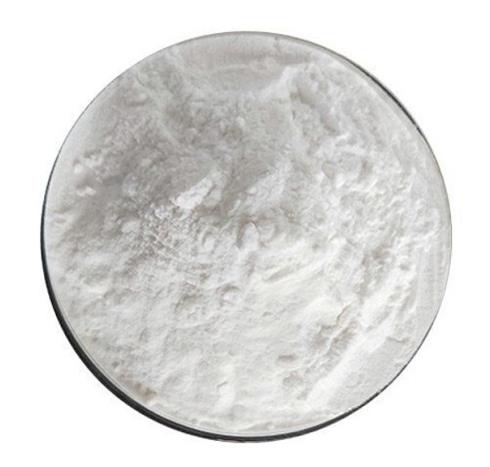Uses of Lactoferrin
Mar 7,2022
Lactoferrin, a transferrin protein that binds free iron (Fe2+ ) and possesses antioxidant, antifungal, antibacterial and antiviral properties, is most commonly recovered from the whey protein fraction of bovine milk, and is also present in saliva, tears, neutrophil granules associated with inflammation, mammalian exocrine secretions, and at trace levels in meat.

Mechanism of action
Lactoferrin binds to surface receptors and disrupts normal membrane and endotoxin function.It has been reported that microorganisms attached to surfaces (e.g., carcass tissue) detach upon lactoferrin-binding and subsequent attachment is also blocked.
Since lactoferrin acts as the ligand in a ligand/receptor-mediated pathway, its activity is highly conformation dependent. Conformation is both pH- and citrate/bicarbonate ratio-dependent and may also be altered in the presence of excess calcium or phosphates. Lactoferrin exhibits an affinity for Fe2+ , and iron-rich water sources diminish antimicrobial activity and should not be used to dilute lactoferrin decontamination solutions. Outer membrane porin (OmpC and OmpE) synthesis by gram-negative enteric bacteria is indirectly regulated by extracellular osmolarity; thus, NaCl may indirectly influence the efficacy of lactoferrin in processed meat products.
Uses
When bound to a GRAS glucosamine, lactoferrin is fixed in its conformationally active form (activated lactoferrin or ALF). ALF is commercially available as Activin TM , a NaCl and citrate/bicarbonate solution containing free lactoferrin and lactoferrin bound to carrageenan. Published scientific data regarding the efficacy of lactoferrin as an antimicrobial are limited, especially as a decontamination solution applied to carcasses or processed meat products. In one study, beef subprimals inoculated with E. coli O157:H7 (4 log CFU/100 cm 2 ) were sequentially treated with ALF (2.0%) and lactic acid (5.0%, 55°C), and then moisture enhanced or blade tenderized. Surface treatment with ALF reduced pathogen counts by 0.9 log CFU/100 cm 2 , although E. coli O157:H7 was internalized in 99% of samples during tenderization/enhancement as would be expected in the presence of any level of contamination.
- Related articles
- Related Qustion
- What is Lactoferrin? Jan 14, 2022
actoferrin is an immune protein that exists in human milk and various secretions, with the highest content in breast milk, which is why it is often said that babies who drink breast milk will have better resistance.
Nisin was less effective in high-fat sausages and in the presence of orthophosphates. Samelis et al found that dipping sliced pork bologna in nisin (125 μg/ml) plus sodium diacetate (3 μg/ml) was more effective against L. monocytogenes (2–3....
Mar 7,2022Biochemical EngineeringLysozyme, a muraminidase recovered from egg white albumin, milk, and other tissues, is best known for its ability to inhibit fermentative butyric acid bacteria responsible for late blowing during ripening of semihard cheeses.....
Mar 7,2022Biochemical EngineeringJoro toxin
112163-33-4You may like
- Lactoferrin
-

- $0.00 / 1KG
- 2025-12-13
- CAS:112163-33-4
- Min. Order: 1KG
- Purity: >99% HPLC
- Supply Ability: 1000KG
- Lactoferrin
-

- $10.00 / 1KG
- 2025-12-11
- CAS:112163-33-4
- Min. Order: 100KG
- Purity: 99%
- Supply Ability: 100 mt
- Joro toxin
-

- $2.00 / 100kg
- 2025-10-13
- CAS:112163-33-4
- Min. Order: 1kg
- Purity: 99%
- Supply Ability: 100kg






